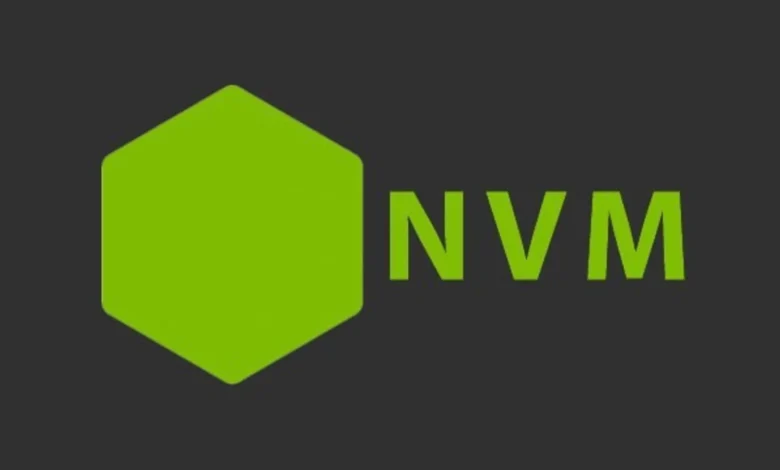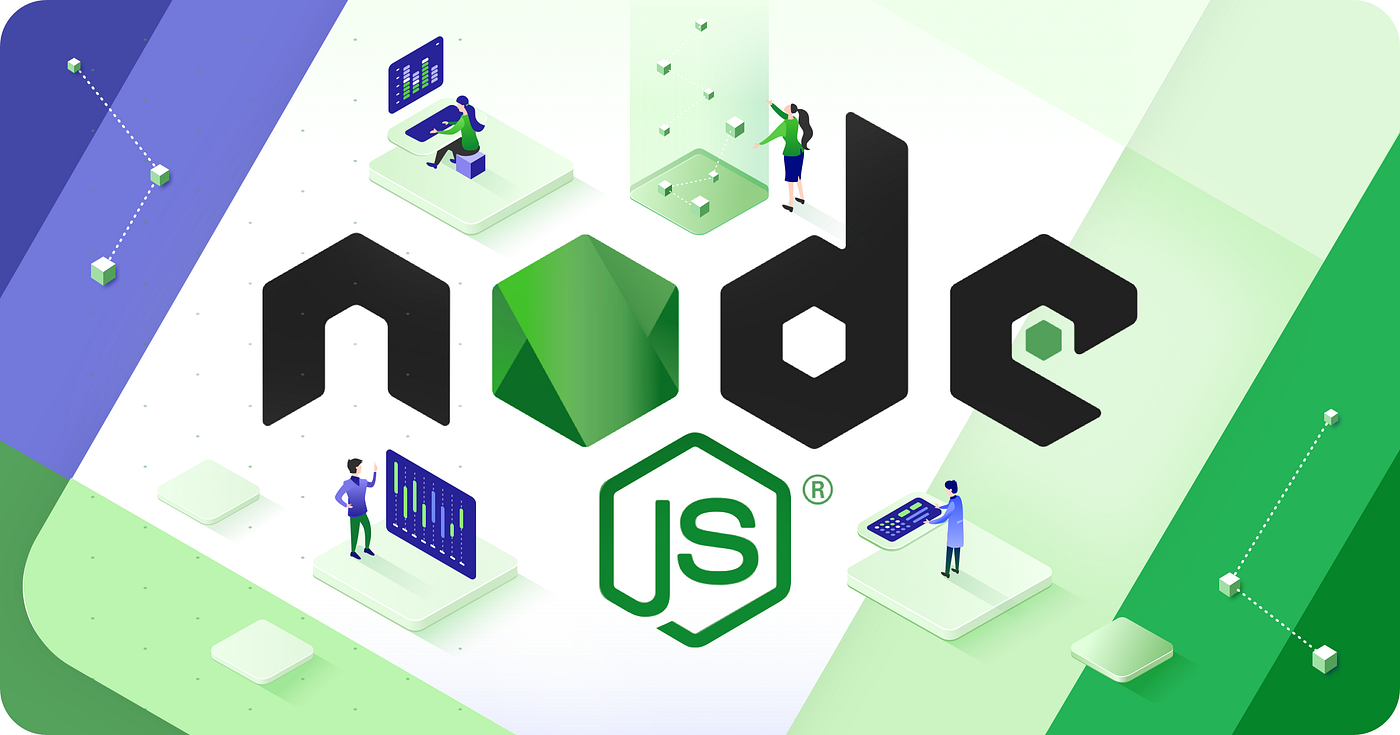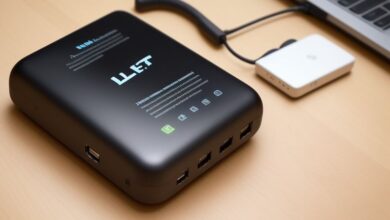How to Install NVM on Mac: A Simple Step-by-Step Guide

If you want to install NVM on Mac, it’s easier than you think! NVM, or Node Version Manager, helps you manage different versions of Node.js on your Mac. This tool is perfect for developers who need to switch between different versions of Node.js quickly.
Open Terminal on Your Mac
The first thing you need to do is open the Terminal application. This is where you will type all the commands. You can search for “Terminal” in the Spotlight or find it in your Applications > Utilities folder.
Install Homebrew
Homebrew is a package manager for your Mac, and it’s needed to install NVM. To install Homebrew, run the following command in your Terminal:
Once Homebrew is installed, you can use it to install other software like NVM.
Install NVM Using Homebrew
Now that Homebrew is ready, you can install NVM. Run this command in Terminal:
This will install NVM, and you’ll be able to manage Node.js versions easily.
Setting Up NVM After You Install It
Once you install NVM on Mac, you need to set it up properly to make sure it works. Here’s how:
Create the NVM Directory
You need a directory for NVM. In your Terminal, type the following command:
This command creates a folder in your home directory to store NVM files.
Add NVM to Your Shell Configuration
To make NVM work every time you open Terminal, add the following lines to your shell profile file. You may need to edit either .bash_profile or .zshrc based on which shell you use:
Restart Terminal
Now that the configuration is set, restart your Terminal or run:
This applies the changes, and you’re ready to go!
Verifying the NVM Installation on Your Mac
After you install NVM on Mac, it’s important to make sure everything is set up correctly. Here’s how you can check:
Check the NVM Version
In your Terminal, type the following command to see if NVM is installed:
If everything is working, it will display the NVM version number.
Check the Node.js Version
To verify that NVM is managing Node.js correctly, run:
If this shows a version number, it means NVM is working well on your Mac.
Common Problems When You Install NVM on Mac and How to Fix Them

Sometimes, you may face issues after you install NVM on Mac. Here are some common problems and how to fix them:
NVM Command Not Found
If you see an error saying “command not found,” make sure you added the NVM setup lines to your shell configuration file. If not, add them manually.
Permission Errors
If you face permission errors, try running the installation commands with sudo. Alternatively, check the folder permissions where NVM is installed.
Homebrew Not Installing NVM
If NVM doesn’t install with Homebrew, you can try uninstalling and reinstalling Homebrew, or you can follow the manual installation steps on the official NVM GitHub page.
Switching Between Node Versions After Installing NVM on Mac

One of the best things about NVM is that you can easily switch between different versions of Node.js. Here’s how:
- To see all the versions of Node.js you have installed, run:
- To use a specific version, type:
By using NVM, you can easily switch between versions, making it perfect for testing your code with different Node.js setups.
Conclusion
In conclusion, installing NVM on Mac is a great way to manage multiple versions of Node.js with ease. It allows you to focus on coding without worrying about managing different software versions for each project.
By following the steps in this guide, you can install NVM and set it up on your Mac in no time. If you run into issues, the troubleshooting tips we’ve shared can help solve common problems. Happy coding.




